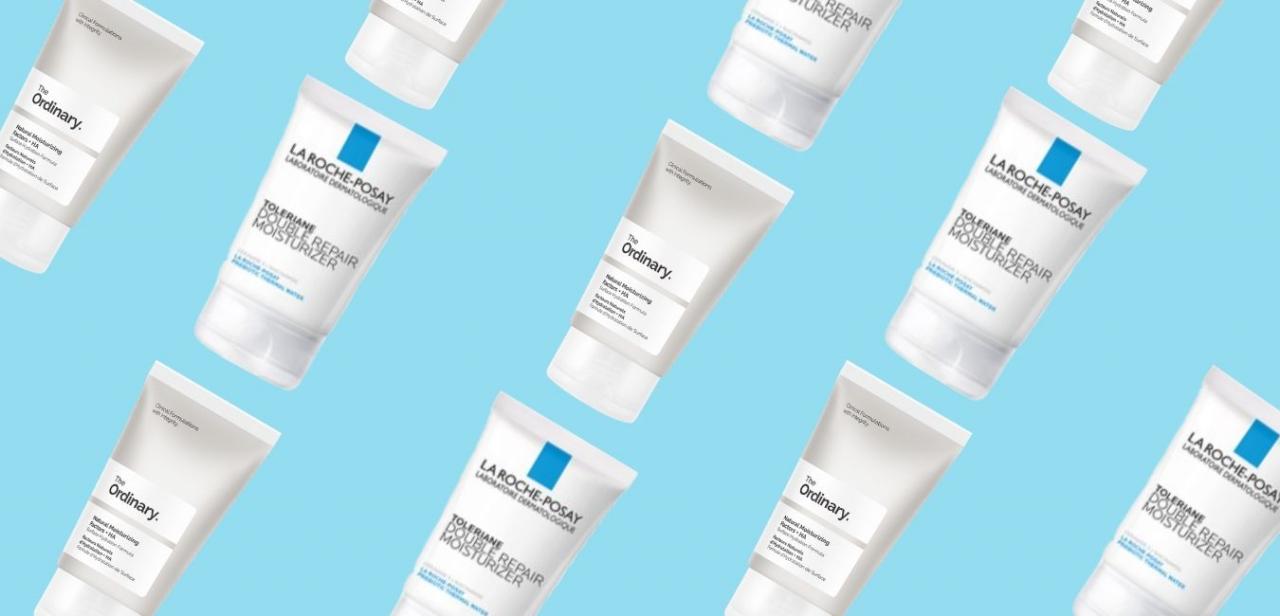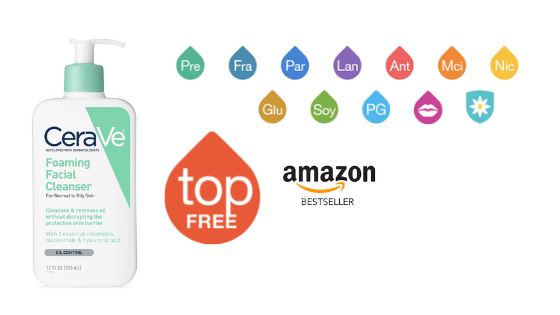Acne is a common skin condition that causes pimples or zits on the face, chest, back, and other areas. An estimated 60 million people in the United States have acne at some time during their lives. Acne is most common in teenagers, but can be a problem for people of all ages.
The first rule of acne treatment is never to pop or pick at pimples or zits. No matter how clean the skin seems to be, popping a pimple allows bacteria and other germs to get inside the protective surface layer of the skin which in most cases will cause a red spot or bump that will last much longer than the original pimple would have. In general, acne treatments try to deal with one of three basic causes of acne: clogged pores, bacteria on the skin, and excess oil production by glands in the skin.
Open clogged pores
There are many products available that claim to open pores. It’s important to remember that if you have acne, your skin is sensitive and needs to be treated gently. Choose mild a mild cleanser that won’t dry out your skin. Some products contain fine granules that act as a mild scrub or a low concentration of salicylic acid that acts as a mild peeling agent to help open pores. Be sure to wash skin once or twice a day, especially after exercising and after wearing makeup to remove sweat and other substances that can clog the pores.
Control bacteria
Some cleansers that are available over-the-counter (OTC) contain antibacterial agents including benzoyl peroxide. Topical products that are applied to the skin include gels, creams, and lotions that may contain benzoyl peroxide, sulfur, resorcinol, salicylic acid, lactic acid, or other antibacterial agents. You may develop dry, flaky, or irritated skin after using these products. For some people, side effects go away after about a month of use. Others need to stop using the product to cancel the side effect. Also be aware that benzoyl peroxide is a bleach which can cause blotches on colored clothing, towels, carpeting, and other textiles.
For more severe acne, you may need a prescription strength medication to kill bacteria including topical or oral antibiotics or lotions in stronger concentrations. These medications may take between 4 and 8 weeks to begin to work, and in some cases skin problems get worse while taking medication before they begin to improve.
Eliminate oil
Healthy skin always produces oil. Your goal is to control the amount of oil on the skin. Astringents or toners can help wipe away excess oil. Products containing alpha hydroxyl acids such as glycolic acid can encourage the outermost layer of skin to peel off which also eliminates oil on the surface. Some facial masks can draw out facial oil which temporarily reduces oil on the skin.
While it is important to keep skin clean and relatively oil free to reduce acne, it is not good for the skin to layer multiple acne products. Remember that the chemicals in various products can react in ways that could be harmful to your skin. Read labels carefully and talk to your healthcare provider about the best ways to care for your skin.
Sources:
Medicine Net
Mayo Clinic
PubMed Health
The Acne Resource Center Online
Reviewed July 12, 2011
by Michele Blacksberg R.N.
Edited by Alison Stanton






Add a CommentComments
There are no comments yet. Be the first one and get the conversation started!